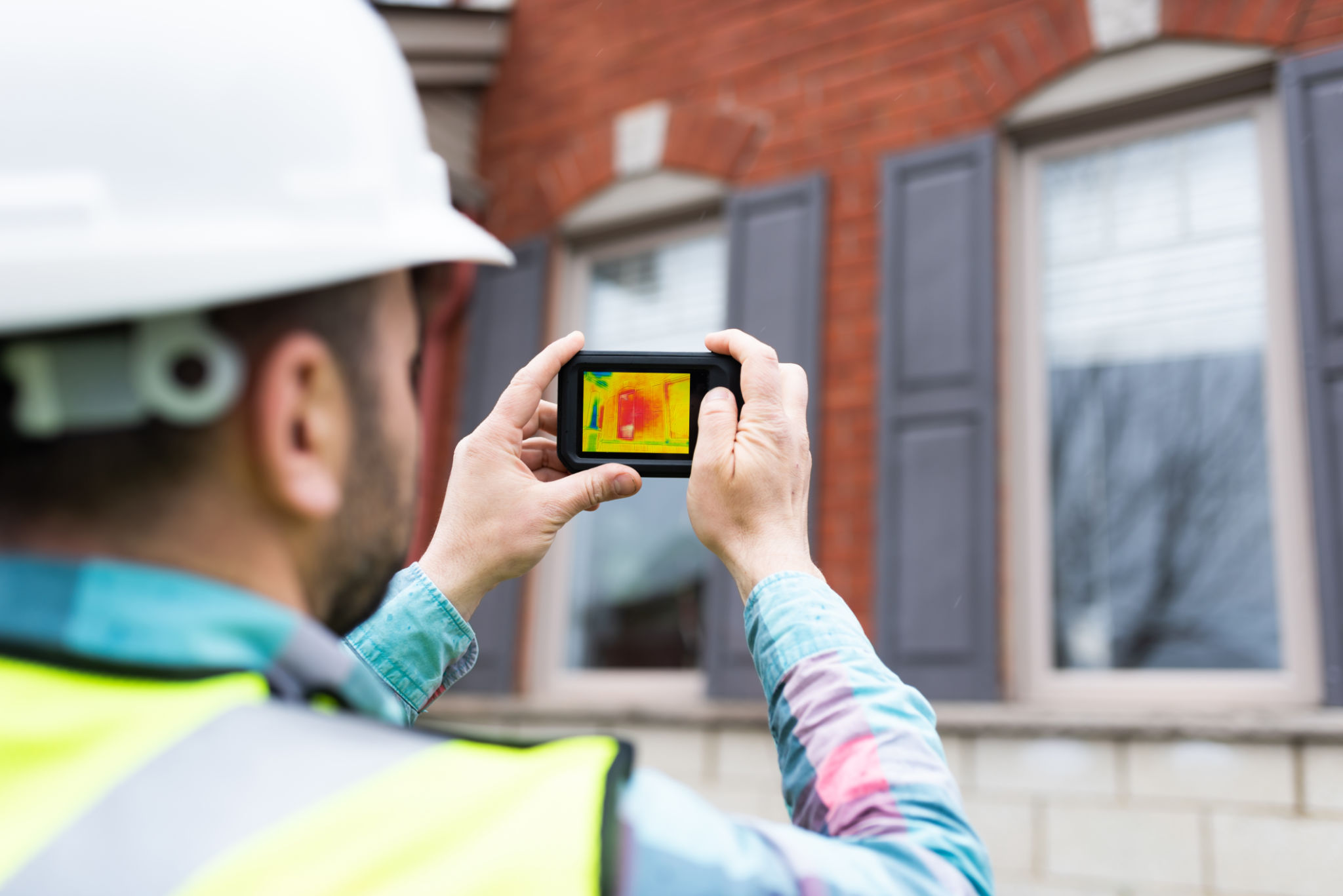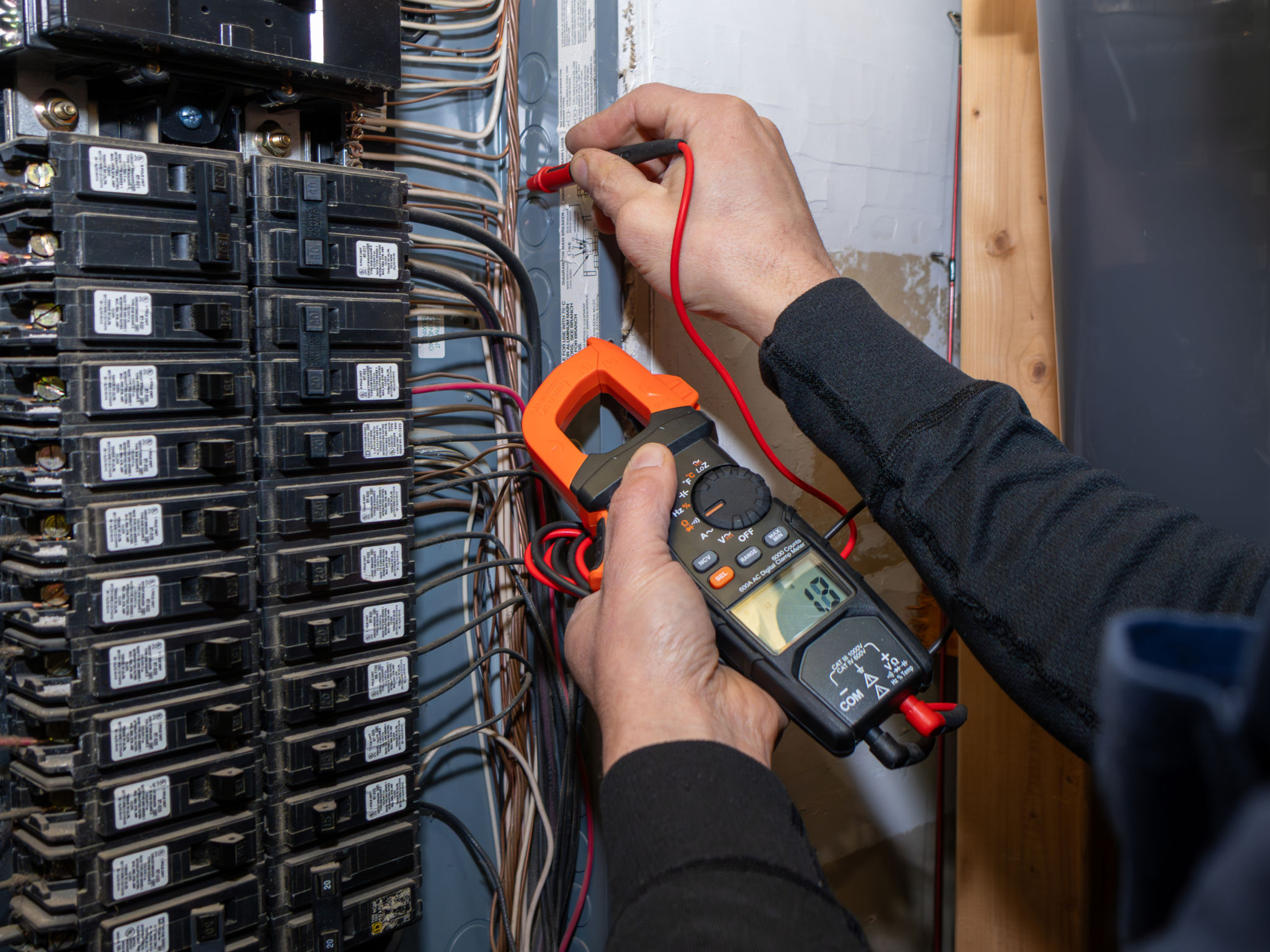DIY Home Inspection Checklist: What You Can Do Before the Pros Arrive
Introduction to DIY Home Inspections
Before enlisting the help of professional inspectors, conducting your own DIY home inspection can help you identify potential issues and prepare your home for the pros. This proactive approach can save you time and money, allowing you to address minor problems before they become major concerns. Here’s a comprehensive checklist to guide you through the process.

Exterior Inspection
Check the Roof and Gutters
Start by examining your roof for missing or damaged shingles, as well as signs of wear and tear. Pay attention to any debris buildup in the gutters, as clogged gutters can lead to water damage. Ensure downspouts direct water away from the foundation to prevent flooding.
Inspect the Foundation
Walk around your home’s perimeter and look for cracks or gaps in the foundation. Small cracks are common, but large ones may require professional attention. Also, check for any signs of water pooling near the foundation, which could indicate drainage issues.

Interior Inspection
Examine Walls and Ceilings
Inside your home, inspect walls and ceilings for cracks, stains, or signs of mold. These could indicate structural issues or water damage. Pay special attention to areas around windows and doors where moisture can accumulate.
Test Doors and Windows
Open and close all doors and windows to ensure they move smoothly and latch properly. Check for drafts, as these can affect energy efficiency. Also, examine weather stripping and caulking for wear or damage.

Check Plumbing and Electrical Systems
Inspect Plumbing Fixtures
Turn on faucets and showers to check water pressure and look for leaks under sinks and around toilets. Ensure that drains are functioning properly and there are no signs of water damage beneath plumbing fixtures.
Evaluate Electrical Systems
Test all light switches and electrical outlets to ensure they are working correctly. Look for any exposed wiring or outdated electrical panels that could pose safety hazards. Consider using a voltage tester to verify electrical safety.

Conclusion
Conducting a DIY home inspection is an excellent way to familiarize yourself with your property’s condition and spot any potential issues early on. By following this checklist, you’ll be well-prepared for when the professionals arrive, ensuring a smoother, more efficient inspection process. Remember, while DIY inspections are helpful, they are not a substitute for professional evaluations.
